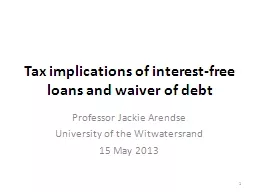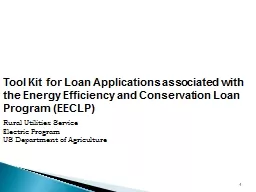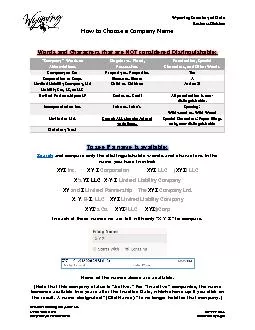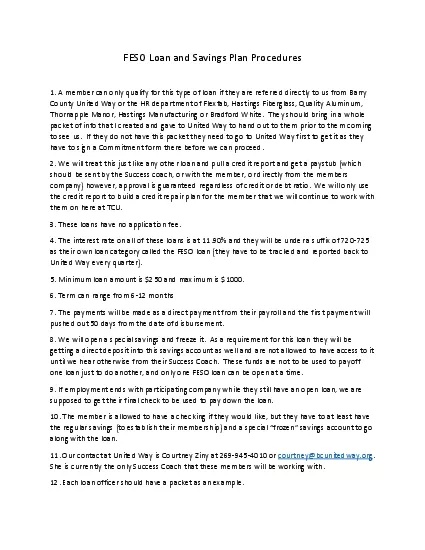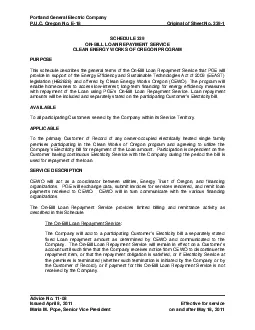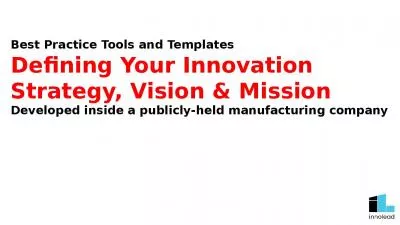PPT-Company XYZ – Loan-Level
Author : marina-yarberry | Published Date : 2016-07-01
P ortfolio Management Presentation March 12 2015 This document and any attachments to it contain confidential business information intended solely for the recipients
Presentation Embed Code
Download Presentation
Download Presentation The PPT/PDF document "Company XYZ – Loan-Level" is the property of its rightful owner. Permission is granted to download and print the materials on this website for personal, non-commercial use only, and to display it on your personal computer provided you do not modify the materials and that you retain all copyright notices contained in the materials. By downloading content from our website, you accept the terms of this agreement.
Company XYZ – Loan-Level: Transcript
Download Rules Of Document
"Company XYZ – Loan-Level"The content belongs to its owner. You may download and print it for personal use, without modification, and keep all copyright notices. By downloading, you agree to these terms.
Related Documents






